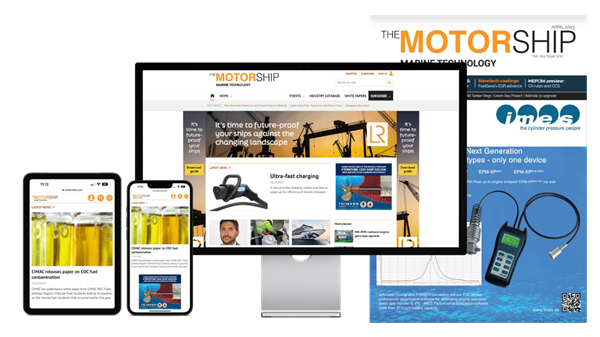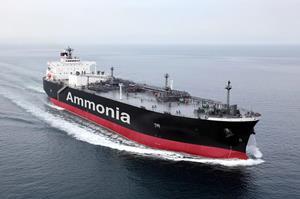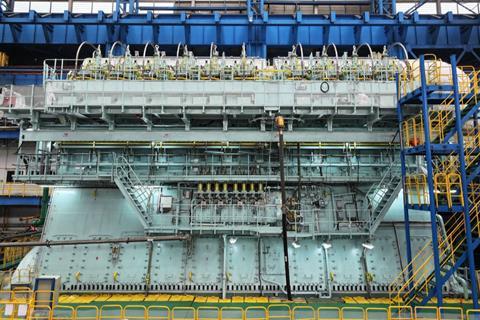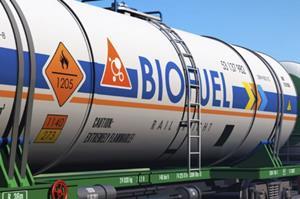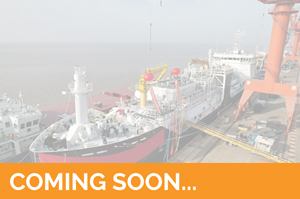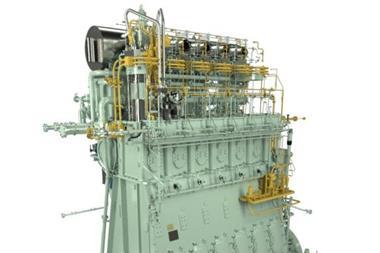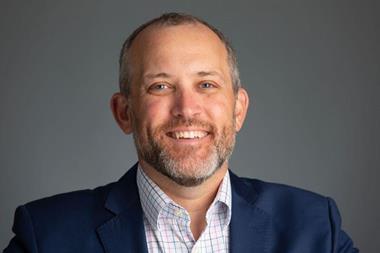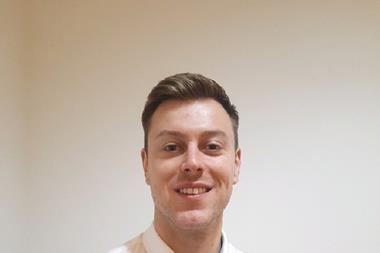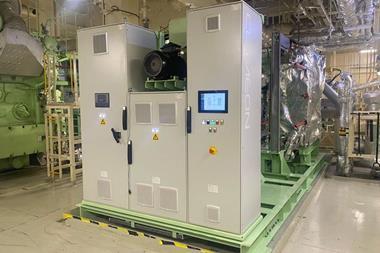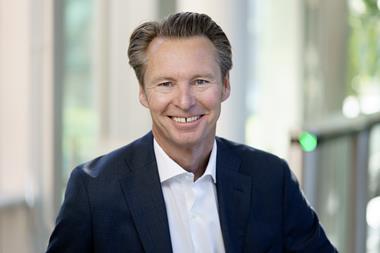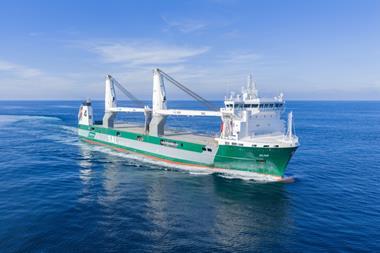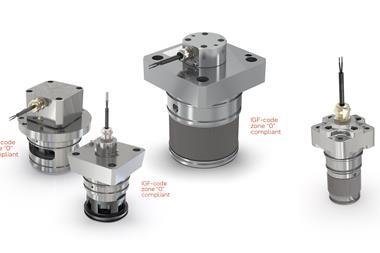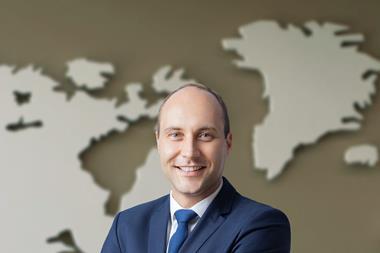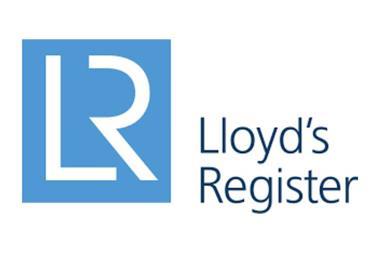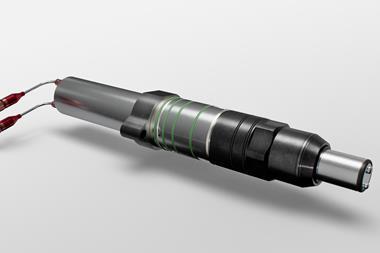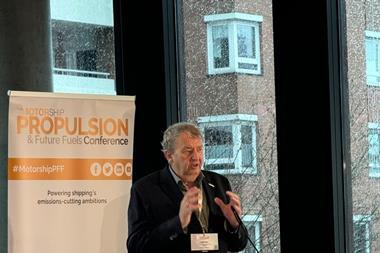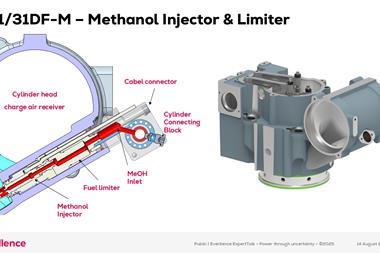As the maritime sector races toward decarbonisation, fuel supply system specialists like Auramarine are playing a key role in enabling a range of alternative fuels onboard. In this interview, CEO John Bergman shares how Auramarine is supporting the uptake of methanol, balancing resources across fuel technologies, and preparing for an uncertain future — all while staying close to customer needs.
Q: How does Auramarine see methanol and ammonia coexisting in the future fuel mix?
John Bergman: “I think our view is that there is room for both because there will be different fuels for different vessel types. For example, ammonia on roros, passengers, ferries or cruise ships will simply not be feasible so methanol will be most likely used there, and then ammonia on other types of vessels. So we definitely see a market for both.”
Q: What has the company learned technically from methanol fuel system installations so far?
JB: “In every installation, we learn new things. For example, our remote support center is constantly monitoring installations and is in touch with the teams involved. So, naturally, we learn things.”
Q: How does Auramarine ensure it has the right resources in place for both ammonia and methanol projects?
JB: We are very customer oriented and focused on delivering what they need and expect. Internally, we allocate our resources in a way to be able to serve our customers best. We do this all the time.
“As a fuel agnostic company, we make sure that our experts are familiar with training across R&D, technology, engineering, automation— everything. This ensures we don’t have a single person who’s only working on HFO or someone who’s only working on ammonia. They are smart enough to work with all the fuels.”
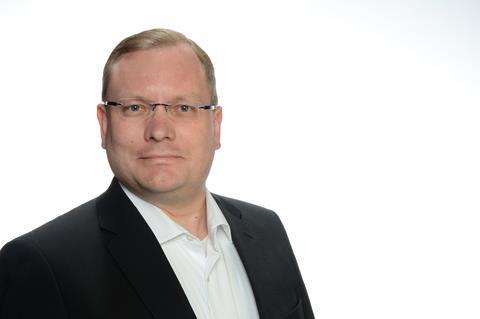
Q: What kind of interest are you seeing in methanol fuel supply systems?
JB: “We’re seeing lots of interest in the entire fuel supply system- including bunkering stations, tanks, monitoring and the safety automation systems. So we don’t focus on the methanol fuel supply systems alone. There are several ongoing projects at the moment that we can’t disclose too much information on but, rest assured, we will communicate on them in due course.”
Q: Is Auramarine involved in ensuring safety and crew training with these new fuel systems?
JB: “Yes, absolutely. We always participate in the HAZID, HAZOPs [Hazard and Operability Studies]. We do training for the crew and chiefs, and offer them access to simulation training on the complete fuel handling system to test different situations, which is essential for crews, especially as these systems vary from vessel to vessel. This is always based on the individual HAZID.
“This is especially important on vessels where the crew is changing, to ensure familiarity with the systems, or as a refresher when its been a while since the crew was last on a methanol powered vessel. In these cases in particular, we are focused on providing the owners the support and reassurance to rely on us to train their crew.”
Q: Any concerns about the supply-demand balance of future fuels like methanol?
JB: “It’s not an area we have direct influence on but I always say that the customer need to have their sourcing strategy, their bunkering strategy, in place.
“And of course, we assist them with, for example, FuelEU Maritime calculations. We have companies and partners to assist in those kinds of assessments.
“Like I said about our engineers — our factories as well — are fuel agnostic. So how we utilize the capacity is independent of whether it’s green or gray ammonia or methanol or fuel oil.
“Generally, I guess I can say that if you look at the market trends, the market news, and the interest rates, financing of projects, etc., you can easily realize that many green ammonia projects are currently slowing down or on hold. But there are certainly projects going ahead.
“Also, we have here in the vicinity of our head office in Turku a Green NortH Energy ammonia project which is going ahead. We have a Liquid Wind project which is going ahead with green methanol. So there are certainly viable projects which go ahead and are progressing.”
Q: How is Auramarine preparing for an uncertain and dynamic fuel landscape?
JB “We have customers who are investing in decarbonisation and want to meet the 5% zero emission fuel target by 2030 and are here to support them. To build up our capacity, we have also actively explored industry partnerships. We have a strategic cooperation agreement with a British fuel company Quadrise, and we work with them on many fronts. So we don’t stay still and take a wait and hope approach, because hope is not a working business strategy.”
Q: Finally, a crystal ball question — what’s the outlook for Auramarine’s ownership in the long term?
JB:“It’s difficult to comment on this but my personal belied if that the current owners of Auramarine will remain invested in the business for the long term. This long-term ownership mindset brings significant stability to the business and reflects our commitment to steady, sustainable growth.
“The owners are industrial entrepreneurs with a deep understanding of the sector and a strong appetite for innovation, especially in a time of rapid change. Should the right industrial partner emerge in the future- one who aligns with our values and vision for a more sustainable, innovation and technology-driven industry, we would naturally be open to exploring that.
“Ultimately, we’re focused on building a more resilient business, and we believe our ownership structure plays a key role in supporting that ambition.”
To learn more about what experts think the future fuel mix will be, click here to hear from our sponsor of this report and this year’s Propulsion and Future Fuels event later this year.

